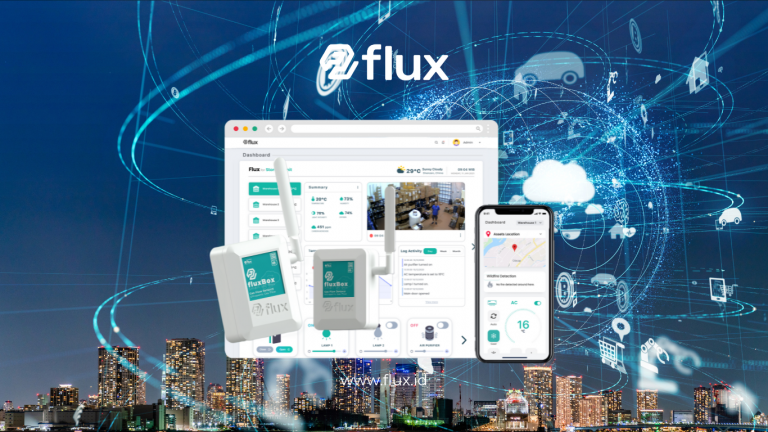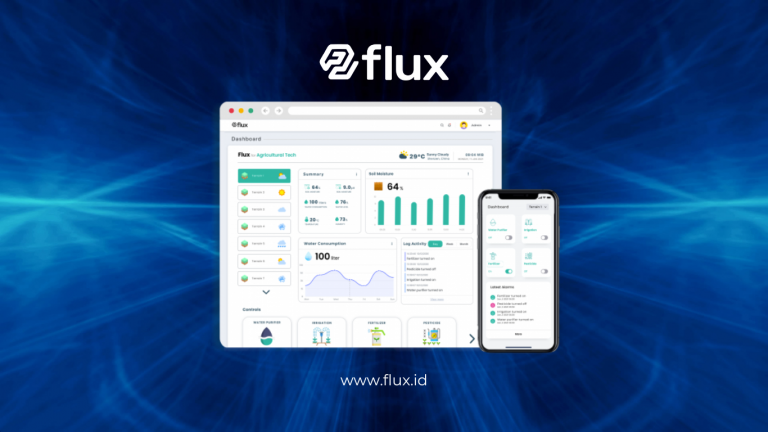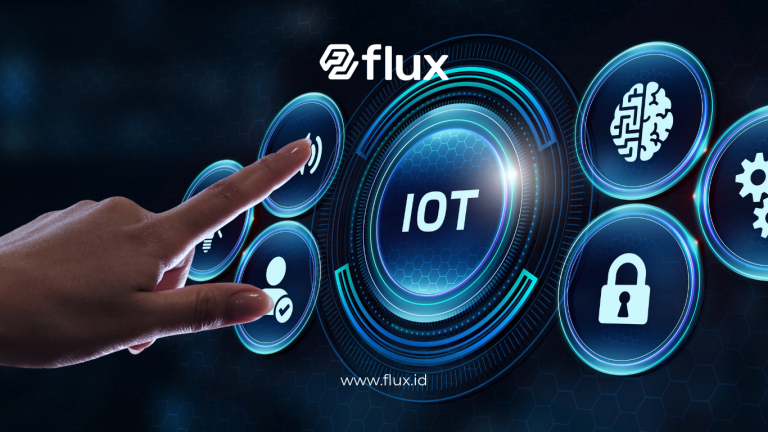Don't miss our holiday offer - 20% OFF!
Internet of Things (IoT) has transformed the way we live and work. With the ability to connect devices and gather data from the physical world, IoT offers significant potential for efficiency, innovation, and digital transformation. However, for many, starting the journey to learn about IoT can be challenging. This article will provide a step-by-step guide for beginners who want to understand and learn about IoT, including basic concepts, necessary tools, as well as tips and resources to help you achieve success.
Contents
What Is the Internet of Things (IoT)?
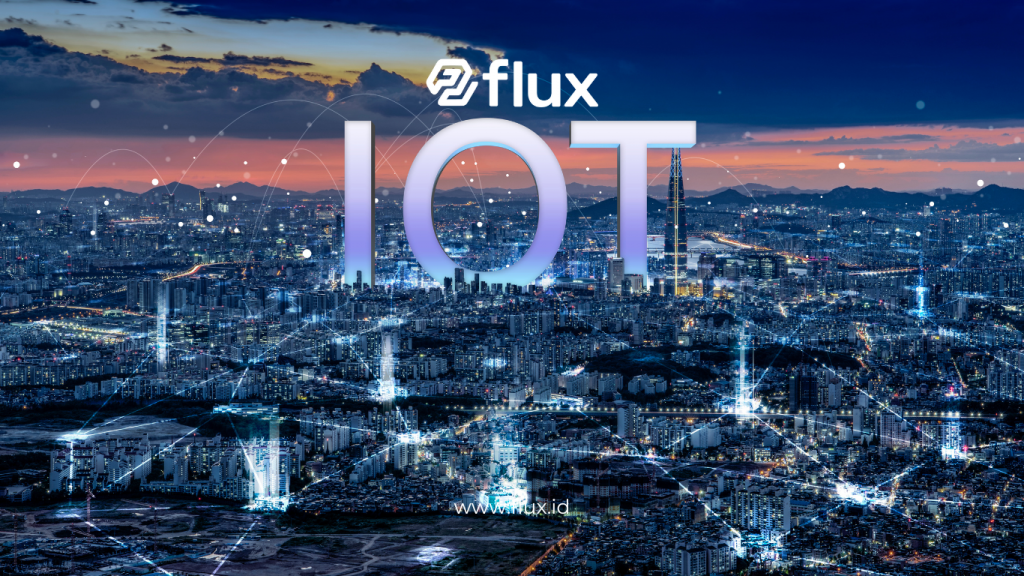
Definition
Internet of Things (IoT) refers to a network of physical devices connected to the internet, allowing them to communicate and exchange data. Examples of IoT devices include temperature sensors, security cameras, wearable devices, and even smart home products like lights and locks that can be controlled via smartphones.
When Was IoT Introduced?
Although the idea of connected devices has been around for a long time, the term “Internet of Things” was first introduced by Kevin Ashton in 1999. Since then, IoT has rapidly evolved alongside advancements in communication technology and data processing.
Why Is Understanding IoT Important?
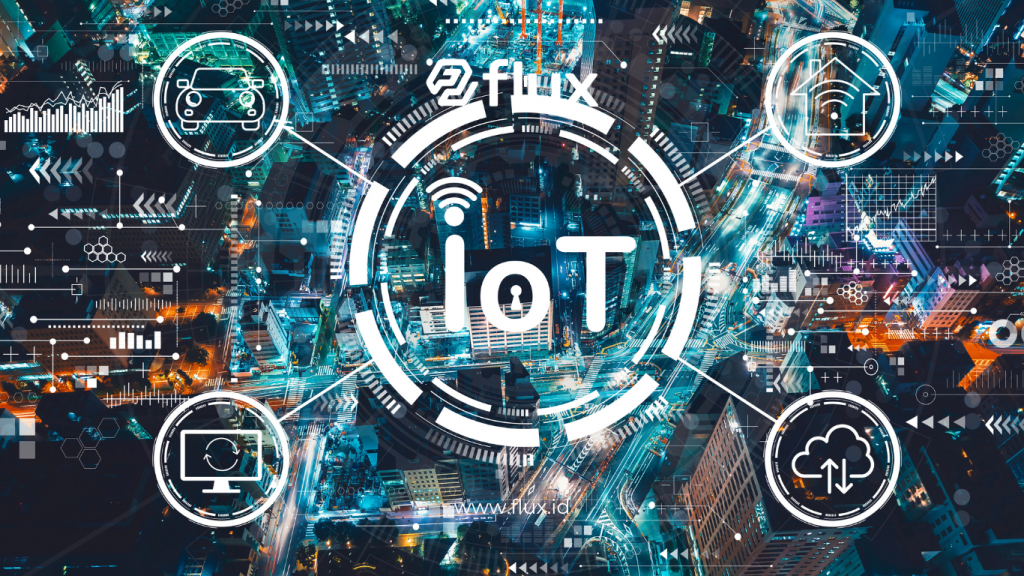
1. Relevance in Daily Life
IoT plays a vital role in many aspects of daily life, from smart homes to industrial applications. Understanding how IoT works prepares you for the upcoming changes across various sectors.
2. Career Opportunities
In light of the increasing demand for professionals skilled in IoT, understanding this technology can open up various career opportunities. Many sectors, including healthcare, transportation, and manufacturing, are looking for individuals with IoT knowledge.
3. Innovation and Development
IoT offers new ways to innovate and develop products and services. With a good understanding of this technology, you can contribute to innovative projects in various fields.
Initial Steps to Learn IoT

Step 1: Understand Basic IoT Concepts
Before diving deeper into the world of IoT, it is essential to understand basic concepts such as:
- Sensors and Actuators: Devices used to measure and control information from the environment.
- Communication Protocols: Consider how devices talk to each other, using protocols such as MQTT, HTTP, and CoAP.
- IoT Platforms: Familiarize yourself with various existing platforms, such as AWS IoT, Microsoft Azure IoT, and Google Cloud IoT.
Step 2: Learn Programming Languages
To build and manage IoT devices, you need to be proficient in several programming languages. Here are some important languages to learn:
- Python: A popular and easy-to-learn programming language frequently used in IoT development.
- JavaScript: Can create web applications that interact with IoT devices.
- C/C++: Used for programming hardware and embedded systems.
Step 3: Explore Hardware
Familiarizing yourself with and working with IoT hardware is an integral part of learning. You can start with devices like:
- Raspberry Pi: A small computer widely used for IoT projects and programming.
- Arduino: An open-source electronic platform ideal for prototyping IoT devices.
Step 4: Follow Courses and Tutorials
There are many online resources offering courses and tutorials on IoT. Some popular platforms include:
- Coursera and edX: Offer IoT courses taught by prestigious universities.
- YouTube: Many free tutorials are available to help you understand the technical aspects of IoT.
Step 5: Join Communities
Joining technology communities, whether online or offline, can provide you access to resources, experiences, and insights from other practitioners. Forums like Stack Overflow or IoT-specific Facebook groups can be good places to discuss and learn together.
Step 6: Practice with Real Projects
After learning the basic theory, it’s time to practice with real projects. You can create simple projects using Raspberry Pi or Arduino, such as:
- A temperature sensor that sends data to a web application.
- A moisture monitoring system for a greenhouse.
Step 7: Build a Network
Creating or joining collaborative projects can accelerate your learning. Many hacker spaces and workshops in major cities focus on IoT and other technologies.
Examples of IoT Applications in Various Sectors
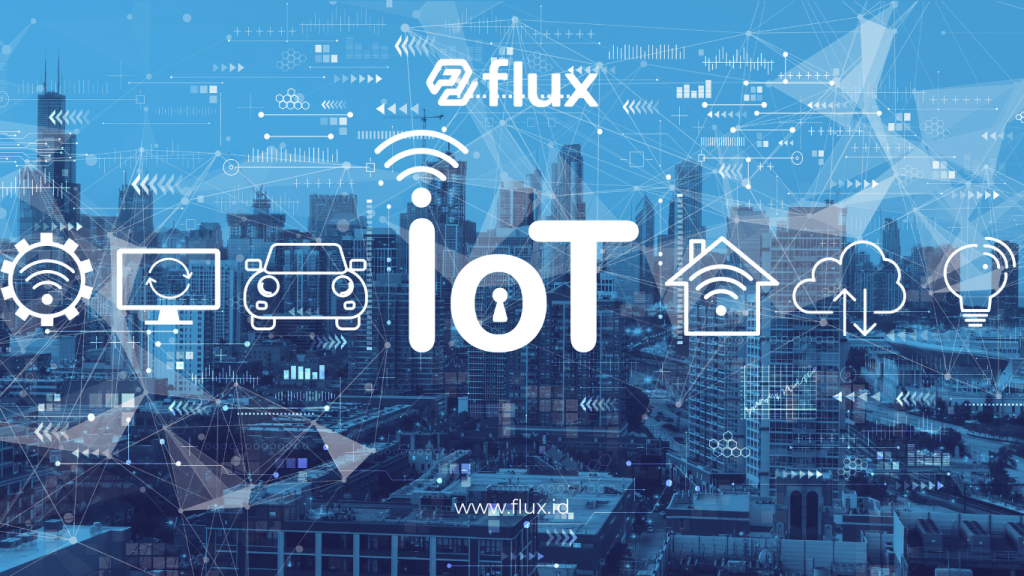
1. Agriculture Sector
IoT is used to monitor soil and crop conditions in modern farming. Installed sensors can measure soil moisture and temperature, providing valuable information for more efficient irrigation.
2. Healthcare Sector
Wearable devices such as smartwatches can collect health data in real-time, enabling better health monitoring.
3. Transportation Sector
IoT aids in fleet management and route optimization by collecting data from vehicles in real-time.
4. Energy Sector
Smart energy uses IoT solutions to monitor energy usage, detect leaks, and optimize energy distribution.
Sustainability in IoT
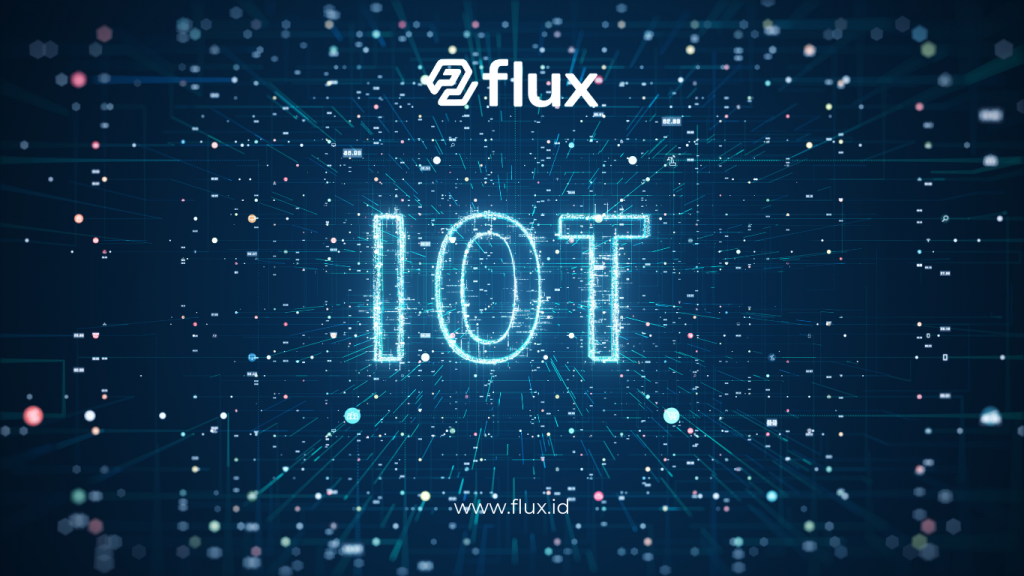
1. Energy Efficiency
IoT enables more efficient resource management, contributing to responsible energy use. By monitoring and analyzing energy consumption in real-time, companies can reduce waste.
2. Emission Reduction
By using smart technology, emission factors can be controlled more effectively, contributing to a reduction in carbon footprints.
Conclusion
Learning about the Internet of Things (IoT) is a smart step for anyone looking to participate in the digital revolution. By following the steps outlined above and leveraging various available resources, you can understand and apply this technology to create beneficial solutions.
Nocola provides the technology that supports your journey toward automation and digitalization. By understanding how to integrate IoT into business processes, we can create a future that is more efficient, productive, and environmentally friendly. Let’s embrace a smarter future by leveraging all the potential offered by IoT!


